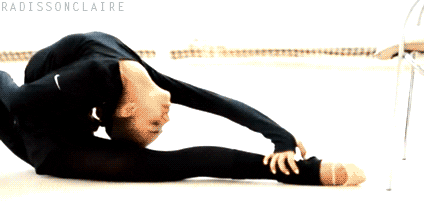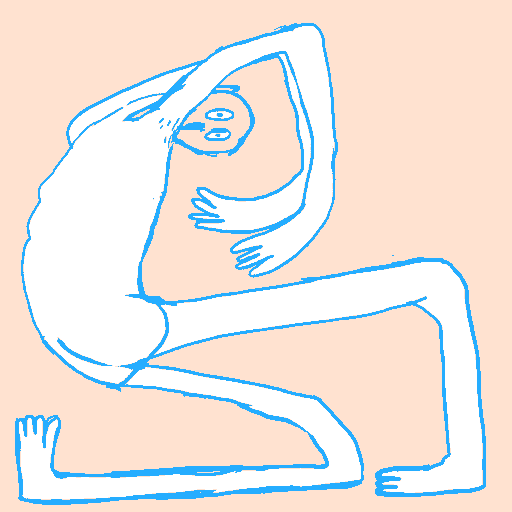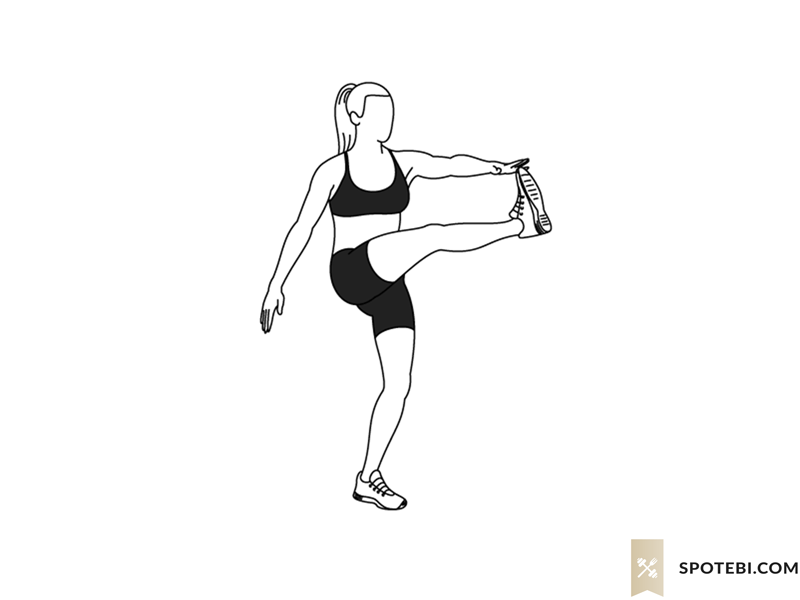Mobility vs. Flexibility: Understanding the Difference
Without flexibility, your joints can’t move freely, and without mobility, your flexibility won’t translate into functional movement.
When it comes to physical fitness, terms like “mobility” and “flexibility” are often used interchangeably. But these two concepts, though closely related, serve distinct purposes in keeping our bodies healthy and functional. Whether you’re an athlete, an active adult, or someone exploring daily mobility practices, understanding the difference can transform the way you approach movement and exercise.
Let’s break it down in a way that’s simple, relatable, and designed to help you unlock the best version of your body.
What is Flexibility?
Flexibility refers to the ability of your muscles and soft tissues to stretch and elongate. Think of flexibility as your body’s potential to perform a movement. When you touch your toes during a hamstring stretch, for example, you’re testing your flexibility.
Why It’s Important:
Flexibility allows for a greater range of motion (ROM) in your joints and muscles, reducing stiffness and the risk of injury. For example, a flexible shoulder joint can help you reach high shelves or perform overhead lifts without strain.
However, flexibility alone isn’t enough to ensure functional movement. While it provides the capacity to stretch, it doesn’t mean your body can effectively use that range in real-life scenarios, which brings us to mobility.
What is Mobility?
Mobility is the ability to move a joint through its full range of motion in a controlled, stable manner. Unlike flexibility, which is passive, mobility is active. It combines strength, coordination, and control with the range of motion.
For example, being able to do a deep squat involves both flexibility (your muscles must stretch to allow the movement) and mobility (your joints, muscles, and nerves must work together to maintain balance and control in that position).
Mobility vs. Flexibility: The Key Differences
Here’s an easy way to understand the distinction:
Flexibility is about how far your body can stretch.
Mobility is about how well your body can move through a range of motion.
Let’s imagine your body as a car:
Flexibility is like having wide tires with plenty of air (the potential).
Mobility is like having a car that can handle turns and navigate smoothly (the functionality).
Both are essential, but without mobility, your flexibility is like having wide tires on a car that can’t steer properly.
Why Daily Mobility Practices Matter
At BigToe, we believe in making movement simple, practical, and accessible for everyone. Incorporating daily mobility practices into your routine ensures that you don’t just improve your flexibility but also enhance the functional strength of your joints and muscles.
Here’s why mobility is so crucial:
Prevents Injuries: Functional mobility reduces strain on your joints and muscles during everyday tasks or workouts.
Improves Posture: Mobility exercises target stiff areas like the shoulders and hips, promoting better alignment.
Boosts Performance: Whether you’re lifting weights or playing sports, good mobility enhances movement efficiency.
Supports Aging: Mobility becomes increasingly important as we age, particularly for those focusing on mobility for the elderly. It helps maintain independence and reduces the risk of falls.
Flexibility and Mobility: A Winning Combo
While mobility focuses on dynamic control, flexibility forms the foundation for achieving full range of motion. Without flexibility, your joints can’t move freely, and without mobility, your flexibility won’t translate into functional movement.
Here are some examples of how the two work together:
A flexible hamstring lets you lift your leg higher, but mobility ensures your pelvis and spine stay stable during the lift.
A flexible shoulder lets you reach overhead, but mobility ensures your rotator cuff muscles stabilize the movement.
How BigToe’s Approach to Mobility Helps
At BigToe, our programs are designed with a scientific approach that makes daily mobility practices effective for all age groups. Whether you’re an athlete, a parent chasing kids, or an older adult aiming to stay active, our app offers solutions to improve both mobility and flexibility.
Key Features of BigToe’s Mobility Programs:
Custom Routines: Short, easy-to-follow exercises for every fitness level.
Expert Guidance: Access to video tutorials and consultations with trained professionals.
No Equipment Needed: Perfect for home or on-the-go workouts.
Designed for Everyone: Our programs cater to active adults, injury prevention, and even mobility for the elderly, ensuring that no one is left behind.
Simple Exercises to Improve Mobility and Flexibility
Here are some exercises you can try today:
Cat-Cow Stretch: Great for spinal flexibility and mobility.
Deep Squats: Build hip mobility while strengthening your legs.
Thoracic Rotations: Improve upper back mobility and posture.
Ankle Circles: Enhance ankle flexibility and stability.
With just a few minutes of practice each day, these exercises can have a profound impact on your health and well-being.
The Bottom Line
Understanding the difference between mobility and flexibility is the first step toward moving better and feeling better. By incorporating daily mobility practices into your life, you’ll not only improve your flexibility but also ensure your body can move efficiently and confidently through its full range of motion.
Whether you’re a weekend warrior or looking to maintain independence as you age, BigToe is here to help you move with purpose.
Join the BigToe movement today – because your body deserves to move better!









Very Very useful to keep health fit.
It’s knowledgeable to understand about health fitness